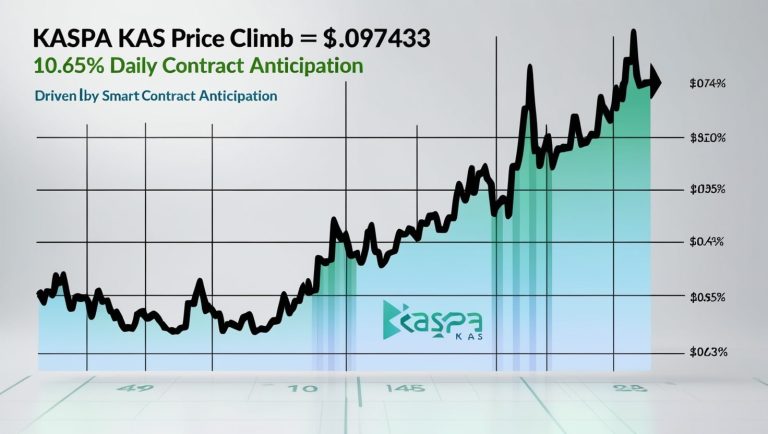In today’s fiercely competitive digital economy, UK businesses are plagued by one persistent problem: the exorbitant cost and shortage of skilled technology personnel. The age-old tradition of employing purely locally is becoming increasingly economically unrealistic for many. Innovative business decision-makers are therefore looking to innovative solutions to stay in front of the pack. Nearshoring has emerged as a tempting solution, offering a compelling combination of cost and capability. This approach offers companies an extensive talent pool without the logistical nightmare of massive time zone differences. One region, indeed, is making a compelling economic case to UK businesses: Latin America. Companies are thriving increasingly by working with talented developers Latam.
The Old Approach: The UK’s Prohibitive Tech Talent Drought
The tech sector of the UK is booming, but this growth is creating a devastating talent shortage. A government report released in 2024 indicated that over 18% of UK adults lack the basic digital skills required for the workplace, resulting in a perennial shortage of skills. This translates directly to an employment crisis for business firms, particularly for people who are specialized such as software developers. The resulting high demand has pushed compensation and recruitment costs upwards, posing severe pressures on operating costs.
This becomes a reactive, rather than strategic, recruitment method that is then thrust upon organizations. They are compelled into bids for lead developers, inflating payroll bills and months-long searches. These will not merely be an HR concern; it is financially directly impactful, slowing down product development, market timing, and ultimately return on investment (ROI) for an organization on innovation. The outdated model of staffing is turning into a money sink, and there is clearly a need for something more economically and sustainable feasible.
The Nearshore Advantage: A Low-End Cost Savings Myth
Nearshoring is far too frequently misunderstood to be simply yet another cheap cost-cutting outsourcing scenario. That thinking is short-sighted to the key strategic benefit that it offers, especially in comparison to the long-proven offshore model. While both seek to save money, nearshoring to a continent like Latin America is accompanied by a particular set of advantages that resonate precisely with the demands of UK companies. Its core is not just cutting a number, but maximizing a firm’s well-being in both financial and operational senses.
Among the key advantages is the proximity of time zones. For UK firms, working with teams that are in Colombia, Brazil, or Argentina means a substantial overlap of the working day. This is an immense difference from offshoring to Asia, where an 8-6 hour time gap makes real-time work an exception. With nearshoring, daily stand-up meetings, coding in tandem, and immediate feedback are all possible, leading to more interactive workflows and faster project delivery. This real-time communication greatly reduces the chances of miscommunication, which can result in costly rework and project delay.
The Economic Promise of Latin America’s Tech Ecosystem
The technology sector of Latin America is no longer an emerging market but a worldwide competitor. The LATAM IT services market is projected to grow to nearly $60 billion by 2025, thanks to a high educated workforce and an innovation boom, a 2025 report suggests. This is not coincidence. There are many reasons why the region is appealing to UK businesses seeking a competitive edge.
Massive and Growing Talent Pool
With over two million coders, the region’s talent pool is massive and growing. Over 800,000 tech professionals are in Mexico alone, with Brazil not far behind. The sheer quantity of talent provides a wide pool of specialists, from AI and machine learning programmers to full-stack developers and cybersecurity experts. This abundance means that businesses have a greater chance of finding the exact skill set they need without an extensive search.
Competitive Salaries
The fiscal argument is apparent when looking at compensation. A UK-based senior AI expert can cost more than their Mexican or Argentine equivalent by as much as 50% for wages alone. These are large and tangible savings that can be plowed back into other areas of the business, including marketing, product development, or expanding the team further.
English Skills and Cultural Affinity
English skills are common in major tech hubs in Latin America. This reduces resistance to communication and promotes more ease of collaboration. Furthermore, cultural affinity with Western business culture and work ethic enables the integration of a nearshore team into the culture of a UK business much more easily than other far more distant locations. This enables building a harmonious long-term relationship rather than a short-term transactional relationship.
Educational Superiority
Latin America boasts some of the globe’s top-notch universities and technical schools producing a fresh new cohort of highly skilled developers. The University of São Paulo, the National Autonomous University of Mexico, and the University of Buenos Aires are providing industry with talent trained in cutting-edge technologies and methodologies. Based on this rich educational foundation, there is a constant supply of trained professionals.
An Industry Expert’s View: A Survey of the New Normal
“The UK’s obsession with homegrown talent is a luxury that most can little afford,” writes a top London-headquartered fintech CEO who has managed to execute a nearshoring approach successfully. “We were spending a small fortune to hire and still couldn’t fill some of our most critical positions. By getting an established relationship with a team of Colombian developers, not only did we save 40% on the cost of development, but we also cut years from our product road map. The time-zone overlap is a game-changer for our agile disciplines. It’s not cost savings; it’s a strategic choice that has allowed us to be more competitive.”
This is a sentiment echoed across all sectors. It’s no longer a matter of simply replacing an employee, but rather intentionally building a robust, scalable team. Nearshoring provides scalability in the sense that it allows for the rapid and efficient scalability of tech capabilities to match the demand in the market without being held hostage to an on-staff, fixed team. The nearshoring savings can be used in the creation of a solid core business, investing well in anticipation of future growth, and enhancing the financial health of a company.
Overcoming the Skepticism: Integrity and Due Diligence
While the benefits are tremendous, companies understandably worry about sending critical development work to an offshore team. The answer to these challenges is a complete and open process. Companies should not make rash decisions. Diligence is needed carefully, such as viewing potential partners’ portfolios, client referrals, and their project management and intellectual property processes.
A trustworthy nearshore partner will be operated with maximum integrity, complete transparency of contracts, robust security precautions, and open communications framework. They will be a part of the UK company, not a service organization. That trust is based on shared goal foundation and guaranteeing the success of the project. The most successful nearshoring arrangements are long-term partnerships based on respect for each other and a distinct knowledge of the business’s strategic objectives.
Conclusion
For UK businesses aiming to tread a complex and costly technology landscape, nearshoring to Latin America is a viable financial and strategic option. It provides the chance to bypass the constraints of the domestic market, access a worldwide talent pool of best-of-class performers, and reduce operational costs by half without sacrificing quality or collaboration. By embracing this model, companies can accelerate their innovation cycle, improve their financial bottom line, and build a healthy, scalable technology team to fuel future growth. The financial logic is real, not a figment of someone’s imagination; it is a proven plan that is helping UK businesses thrive in the digital global economy.












 Bitcoin
Bitcoin  Ethereum
Ethereum  Tether
Tether  XRP
XRP  Wrapped SOL
Wrapped SOL  USDC
USDC  Lido Staked Ether
Lido Staked Ether  TRON
TRON  Cardano
Cardano  Avalanche
Avalanche  Toncoin
Toncoin